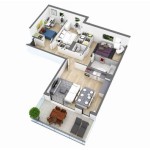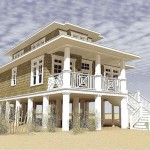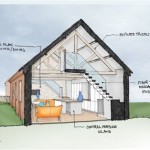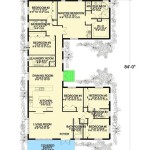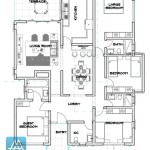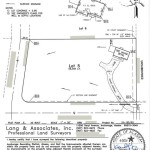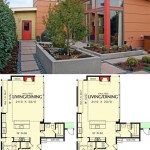Having a basement in a small house can be an ideal solution for homeowners looking to maximize space and create additional living areas. Basements can provide extra storage space, a place to entertain, or even an extra bedroom or bathroom. While a basement can be a great addition to a small home, it’s important to consider the cost, layout, and design of the basement when planning for a small house. Here are some tips for designing a basement for a small house.
Evaluate Costs
The cost of building a basement can vary greatly depending on the size and complexity of the project. It’s important to evaluate the cost of the project before beginning any construction. Factors to consider include the cost of the materials needed, the cost of labor, and any additional costs associated with the project. Additionally, it’s important to consider the cost of utilities, such as water and electricity, if they are needed for the basement.
Layout and Design
The layout and design of the basement should be based on the intended use of the space. If the basement is intended to be used as a bedroom or living area, then the layout should include enough space for furniture and other items. If the basement is intended to be used for storage, then the layout should be designed to maximize the available space. Additionally, the design of the basement should take into account the home’s existing layout and design, so that the basement fits in with the overall look of the home.
Lighting and Ventilation
Lighting and ventilation are important considerations when designing a basement in a small house. The basement should be properly lit so that it is not too dark or too bright. Additionally, ventilation is important to ensure that the air in the basement is not too stuffy or damp. Proper ventilation can help to reduce the risk of mold and mildew, which can be a major problem in basements.
Safety Considerations
Safety is a major concern when designing a basement in a small house. It’s important to make sure that the basement is structurally sound, with walls and ceilings that are properly insulated and sealed. Additionally, it’s important to consider any potential safety hazards, such as electrical wiring or plumbing. Finally, it’s important to make sure that the basement is properly ventilated so that there are no fumes or other dangerous gases present.















Related Posts

